In recent weeks we've talked about the growing trend of smartglasses makers moving the brains of their devices to smartphones, and now a veteran of the space has joined that movement.
On Wednesday, Epson revealed the Moverio BT-30C, the company's first truly affordable smartglasses that do away with a separate control module and instead use the smartphone in your pocket to power the wearable's functionality.
"Epson Moverio BT-30C smart glasses are a great accessory for 5G smartphones that leverage high bandwidth to deliver premium-quality multimedia," said Hugo Swart, head of XR for Qualcomm, in a statement. "Tethering the XR Viewer to a Qualcomm Snapdragon 855 5G-enabled smartphone will offer immersive 'big-screen' experiences and provide transformative benefits to both consumer and enterprise sectors."

The BT-30C is a kind of follow-up to the Moverio BT-35E, released in 2018, which allowed for a connection to an Android smartphone via USB-C port.
Although the BT-30C operates more as a heads-up display rather than as a tool to interact with fully immersive 3D content, the wearable nevertheless delivers a wide array of content experiences. Using the aforementioned USB-C connection, the wearable can be automatically detected by a smartphone or computer as an HDMI display device, opening up a range of use cases for everything from viewing short videos, feature-length films, reading documents, and in some cases having real-time map direction information displayed in front of you.
I had a chance to try the Moverio BT-30C and there several good and not so good things to discuss.

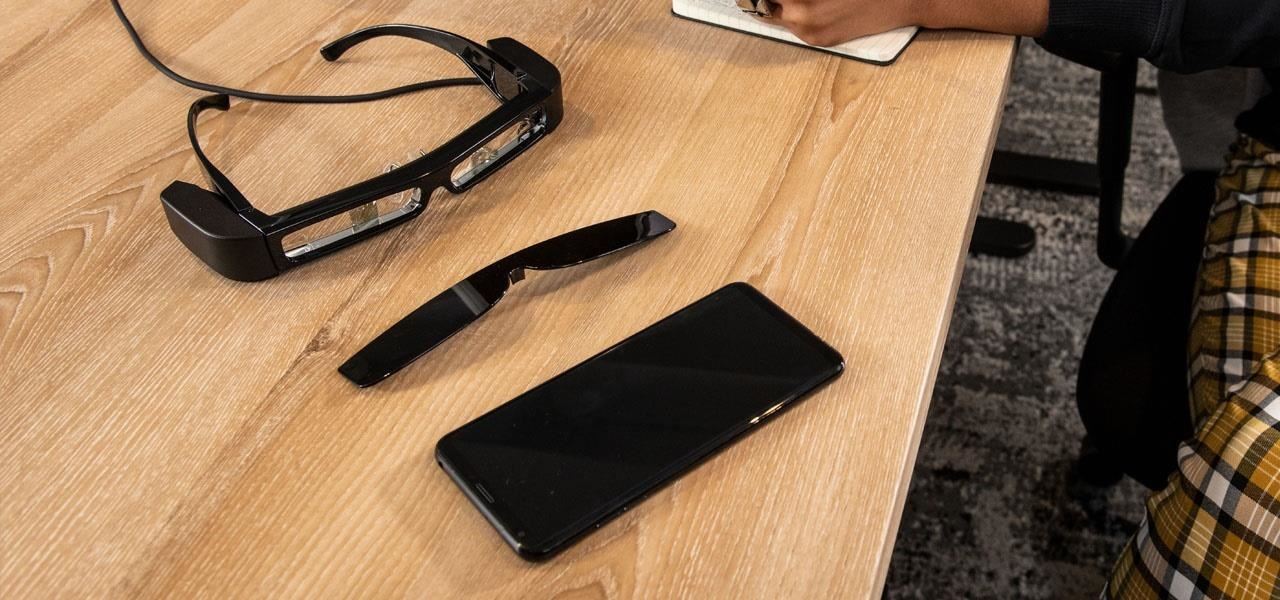

In terms of wearability, BT-30C is lightweight at about 95 grams, so there's no need to worry about how it might feel during extended use (film viewing, etc.). However, like previous Moverio devices, the design isn't exactly geared toward mainstream users. And that's a shame, since adding the smartphone dynamic would have enabled the BT-30C to lead the way in the smartphone-powered smartglasses space.
Instead of offering a bulky, goggle-like feel, or even a stripped down Borg-like science nerd look, the BT-30C looks more like a pair of oversized reading glasses, which isn't a look most are likely to adopt on the streets and in the cafes of major cities.
On the upside, when it comes to using the device, the process will be dead simple for most Android smartphone users. At present, most of the use cases for the device revolve around viewing content while looking up at a projected image of what's on the smartphone, so the controls are primarily in your hands.

Beyond the smartphone, the device does come with a volume and brightness adjustment control attached to the connector cord. That control also comes with ports that support adding a wired earphone and mic. But if you're already in the camp of wireless headphone users, I should note that it was easy to pair my Bluetooth Apple AirPods to the Android smartphone while using the BT-30C to listen to the audio component of the content on the smartglasses.
Among the apps I tried were Hulu, Netflix, Google Maps, email, and a gallery app. The device's Si-OLED microdisplay worked brilliantly, delivering rich colors with high definition, despite the mostly unnoticeable translucency, making the BT-30C a very viable option for extended video content consumption.

The device also comes with a slick shading visor, which magnetically clips onto the smartglasses (with a satisfying click), for those moments when you don't need a see-through view but want to enhance the vividness of your video viewing experience.
Most of the time I used the device it was driven by normal smartphone apps, but I also got a chance to try a beta app called the Moverio 180 Viewer (image below). The app uses the BT-30C 's dual 9-axis sensors to allow you to switch between multiple apps by simply moving your head either up, down, left, or right. So, for example, if you're commuting on a train or plane watching a movie, at any time you could check email by looking left, then check a real-time map view by looking right.

The dynamic can also be programmed to show nothing when you look in a particular direction. So, for example, looking down could be programmed to show nothing, thus allowing you to look at your smartphone display or some paper document, unobscured by the content projected on the BT-30C. There's no release date for the Moverio 180 Viewer app, so, for now, it serves more as a proof of concept to inspire developers to create uses for the BT-30C's dual sensor array.
Aside from being used to view personal content, Epson is hoping the community embraces the device for other uses, such presenting multi-viewer smartglasses presentations to a group, and serving as a subtitle/closed caption tool for the hearing impaired or those looking for additional information during theater performances. For those accustomed to using Epson smartglasses for drone piloting, bad news, the BT-30C doesn't support DJI drone control.

In addition to using your Android smartphone (no iOS compatibility just yet) as its brains, the Moverio BT-30C is also a lot cheaper than previous Moverio models at only $499. Will the lower price and smartphone compatibility allows these catch on as visualized in Epson's well produced BT-30C photo spreads? That's for the public to decide.
But if the public's finicky reaction to far more mainstream-friendly wearables like Spectacles is any clue, the bar for getting people to wear something on their face is much higher than for something like a smartwatch. And while the feature offerings may be different, it's style in addition to function that is the same challenge being faced by potential competitors Nreal Light and North's Focals.
If the public is ready for Epson's latest look, we'll know soon, as the Moverio BT-30C is slated to go on sale in June.
Just updated your iPhone? You'll find new emoji, enhanced security, podcast transcripts, Apple Cash virtual numbers, and other useful features. There are even new additions hidden within Safari. Find out what's new and changed on your iPhone with the iOS 17.4 update.
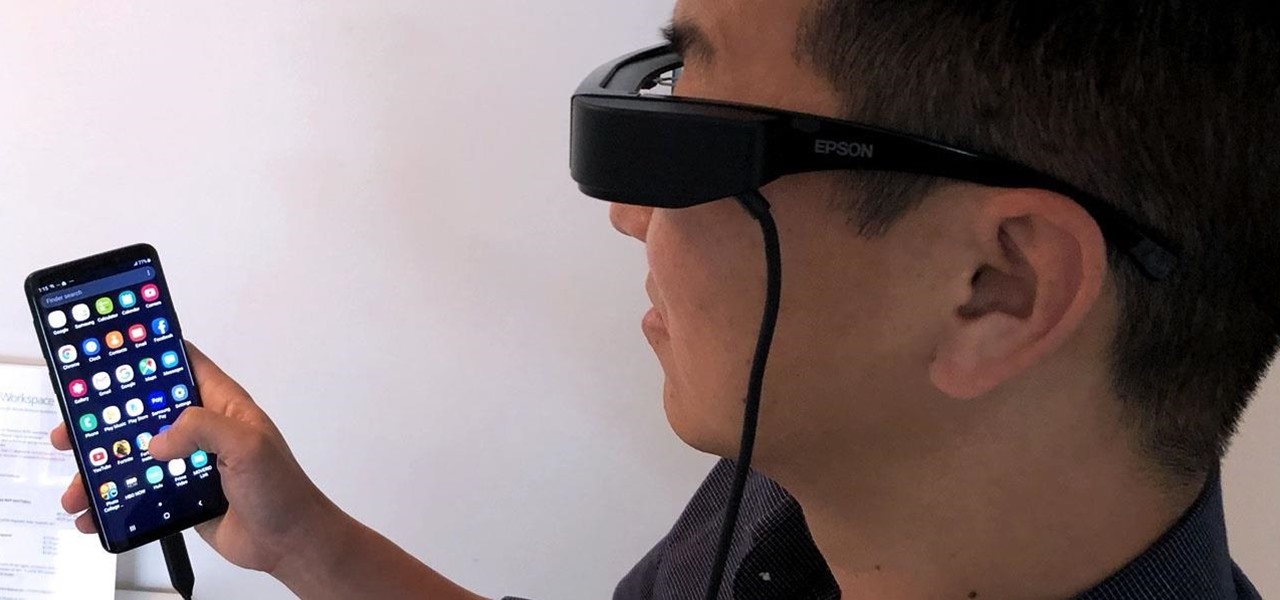


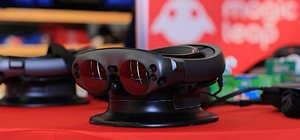

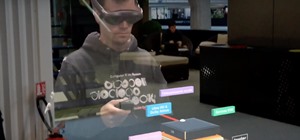






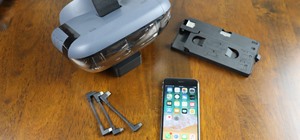



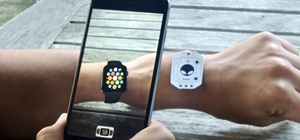

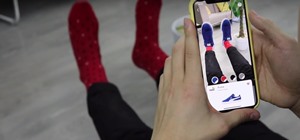
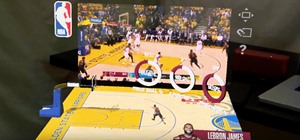
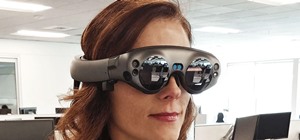


Be the First to Comment
Share Your Thoughts